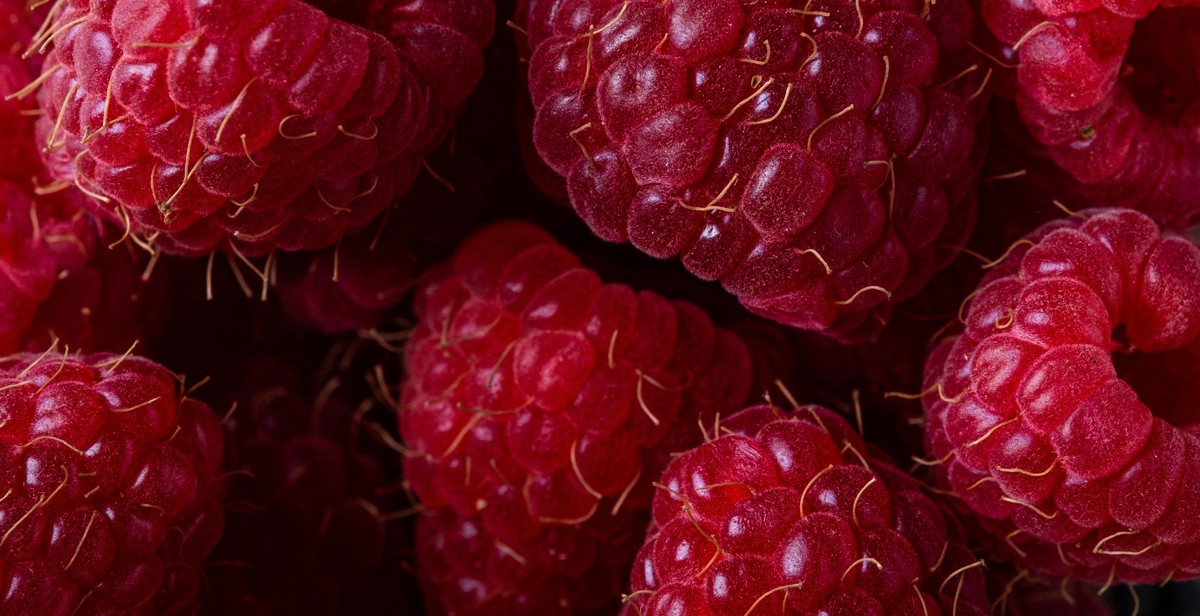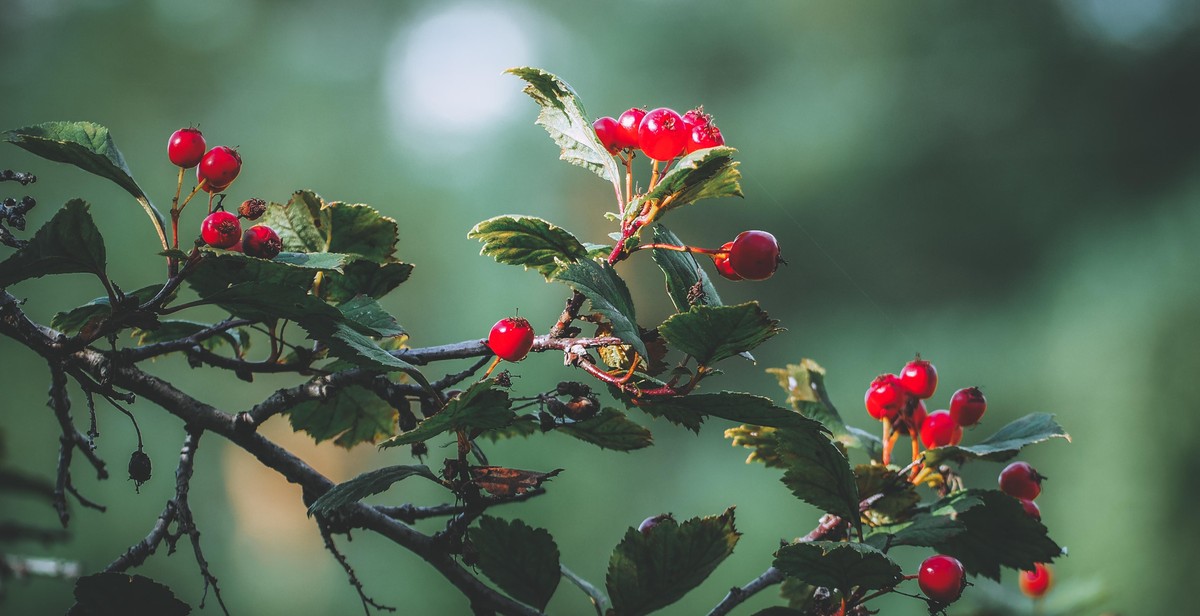How to Identify Edible Berries in the Wild: Foraging for Wild Fruit Safely
Foraging for wild fruit is an exciting and rewarding activity. However, it can also be dangerous if you are not able to identify the edible berries from the poisonous ones. In this article, we will discuss how to identify edible berries in the wild and forage for wild fruit safely.
Why Forage for Wild Fruit?
Foraging for wild fruit is a great way to connect with nature and enjoy delicious and nutritious food. Wild berries are often more flavorful than their cultivated counterparts and are packed with vitamins, minerals, and antioxidants. Foraging for wild fruit is also a sustainable and environmentally friendly way to source food.
Identifying Edible Berries
Before you start foraging for wild fruit, it is important to know how to identify edible berries. Some common edible berries include blueberries, blackberries, raspberries, strawberries, and elderberries. However, there are also many poisonous berries that look similar to edible ones, such as nightshade and pokeweed berries. It is important to learn how to distinguish between the two.
How to Identify Edible Berries:
- Research and study the different types of berries that grow in your area
- Consult with a local expert or guide
- Look for key characteristics such as color, shape, and texture
- Smell the berries to see if they have a sweet aroma
- Only consume berries that you are 100% sure are safe to eat
Foraging for Wild Fruit Safely
Foraging for wild fruit can be a fun and rewarding activity, but it is important to do it safely. Here are some tips to help you forage for wild fruit safely:
| Tip | Description |
| 1. | Wear protective clothing, such as long sleeves and pants, to avoid contact with poisonous plants |
| 2. | Bring a field guide or reference book to help identify edible berries |
| 3. | Avoid foraging in areas that have been sprayed with pesticides or herbicides |
| 4. | Only consume berries that are ripe and in good condition |
| 5. | Do not eat large quantities of any one type of berry |
By following these tips and learning how to identify edible berries, you can enjoy the delicious and nutritious benefits of foraging for wild fruit safely.

Why Forage for Wild Berries?
Foraging for wild berries has become increasingly popular in recent years. Not only does it provide a fun outdoor activity, but it also offers numerous benefits. Here are some reasons why you should consider foraging for wild berries:
Nutritional Value of Wild Berries
Wild berries are packed with nutrients that are essential for our health. They are a great source of vitamins, minerals, and antioxidants. For example, blackberries are high in vitamin C, vitamin K, and fiber. Blueberries are rich in antioxidants and have anti-inflammatory properties. Raspberries are a good source of vitamin C, manganese, and fiber. By foraging for wild berries, you can add variety to your diet and reap the health benefits that they offer.
Environmental Benefits of Foraging
Foraging for wild berries can also have environmental benefits. By consuming wild berries, we reduce our reliance on commercial agriculture, which often involves the use of pesticides and other chemicals. Additionally, wild berries grow naturally in the wild and do not require the same level of resources as commercially grown crops. By foraging for wild berries, we can reduce our carbon footprint and support sustainable food practices.
Economic Benefits of Foraging
Foraging for wild berries can also have economic benefits. By picking wild berries, we can save money on groceries and enjoy fresh, seasonal produce. Additionally, wild berries can be used to make a variety of products, such as jams, jellies, and syrups, which can be sold or given as gifts. Foraging for wild berries can also be a source of income for those who sell their harvest at farmers’ markets or to local restaurants and businesses.
| Berry | Nutrients |
|---|---|
| Blackberries | Vitamin C, Vitamin K, Fiber |
| Blueberries | Antioxidants, Anti-inflammatory Properties |
| Raspberries | Vitamin C, Manganese, Fiber |
Overall, foraging for wild berries is a rewarding experience that offers numerous benefits. Whether you’re looking to improve your health, reduce your environmental impact, or save money on groceries, foraging for wild berries is a great way to achieve your goals. However, it’s important to do so safely and responsibly by properly identifying edible berries and avoiding poisonous ones.

Identifying Edible Berries
Foraging for wild berries can be a fun and rewarding activity, but it’s important to know which berries are safe to eat and which should be avoided. Here are some common edible berries that you may come across:
Common Edible Berries
| Berry | Description |
|---|---|
| Blueberries | Small, dark-blue berries that grow on bushes. They have a sweet flavor and are commonly used in baked goods and smoothies. |
| Blackberries | Large, dark-purple berries that grow on thorny bushes. They have a tart flavor and are often used in jams and desserts. |
| Raspberries | Small, red berries that grow on bushes. They have a sweet and slightly tart flavor and are commonly used in desserts and jams. |
| Strawberries | Small, red berries that grow on low plants. They have a sweet flavor and are often eaten fresh or used in desserts. |
These are just a few examples of common edible berries, but there are many more out there. It’s important to properly identify any berry before consuming it.
Poisonous Berries to Avoid
While there are many edible berries in the wild, there are also several poisonous ones that should be avoided. Here are a few examples:
- Deadly Nightshade – This berry is small and black and grows on a shrub. It’s highly toxic and can cause hallucinations, seizures, and even death.
- Jerusalem Cherry – This berry is small and orange and grows on a low plant. It’s poisonous and can cause nausea, vomiting, and diarrhea.
- Red Baneberry – This berry is small and red and grows on a plant with white flowers. It’s poisonous and can cause vomiting, diarrhea, and heart problems.
These are just a few examples of poisonous berries, so it’s important to do your research and properly identify any berry before consuming it.
Tips for Safe Berry Foraging
When foraging for wild berries, there are a few tips you should keep in mind to ensure your safety:
- Only eat berries that you can properly identify. If you’re not sure what a berry is, don’t eat it.
- Avoid berries that are damaged, discolored, or moldy.
- Wash berries thoroughly before eating them.
- Wear gloves and long sleeves to protect yourself from thorny bushes and poisonous plants.
- Don’t forage in areas that have been sprayed with pesticides or other chemicals.
By following these tips and properly identifying any berries before consuming them, you can safely enjoy the delicious fruits of the wild.

Preparing and Eating Wild Berries
After identifying and harvesting edible wild berries, it’s important to properly clean and store them before consuming. Here are some tips:
Cleaning Wild Berries
1. Remove any stems, leaves, or debris from the berries.
2. Rinse the berries under cold running water.
3. Gently pat the berries dry with a paper towel or clean cloth.
Storing Wild Berries
1. Store the berries in a cool, dry place for up to 5 days.
2. If you want to store them for longer, freeze the berries in an airtight container for up to 6 months.
Recipes for Wild Berries
Wild berries can be used in a variety of recipes, from sweet to savory. Here are some ideas:
- Mix wild berries into your morning oatmeal or yogurt for a nutritious breakfast.
- Bake wild berries into a pie, crisp, or cobbler for a delicious dessert.
- Add wild berries to a salad for a pop of color and flavor.
- Make a wild berry sauce to serve over grilled meats or vegetables.
Remember to always properly identify wild berries before consuming, and to only eat those that are safe and edible. Happy foraging!
